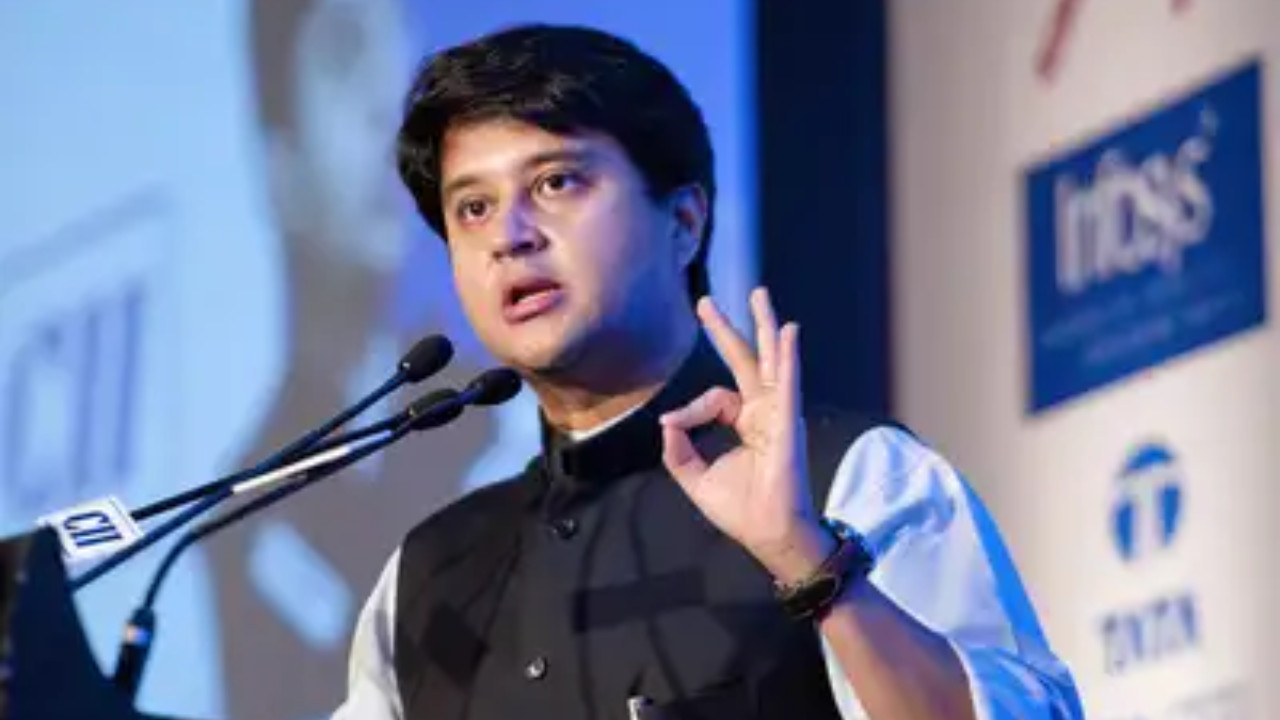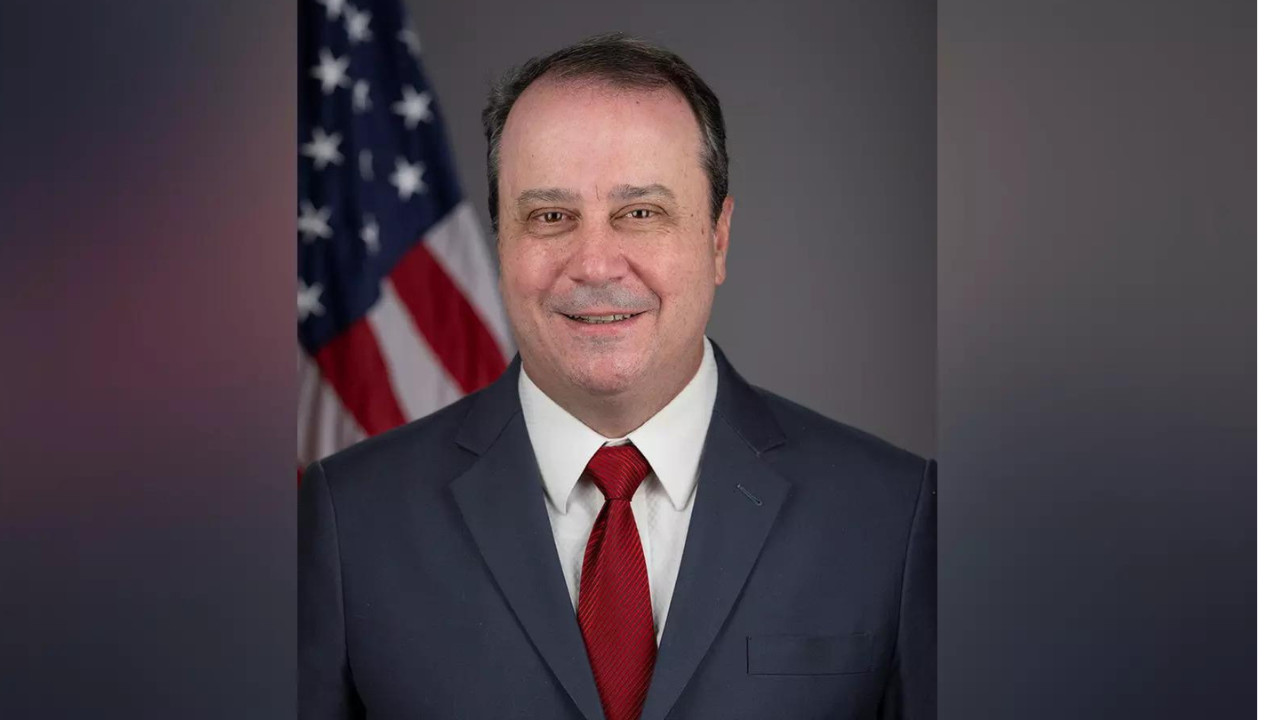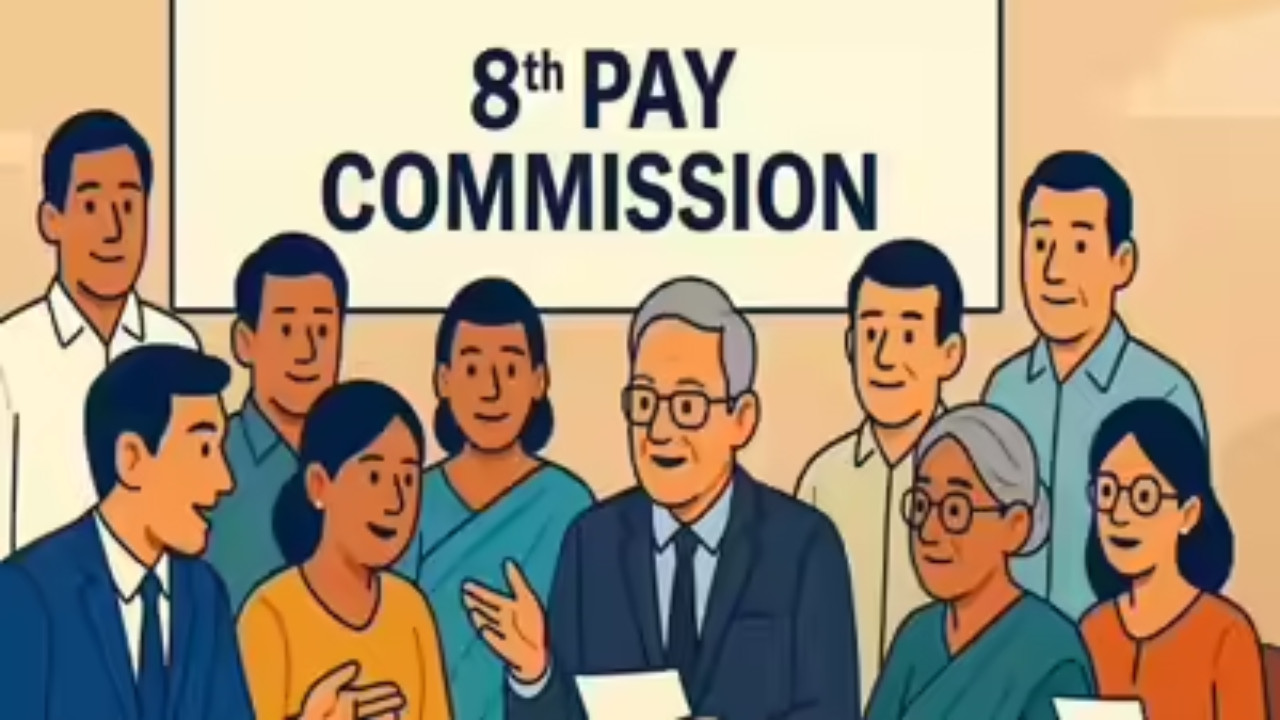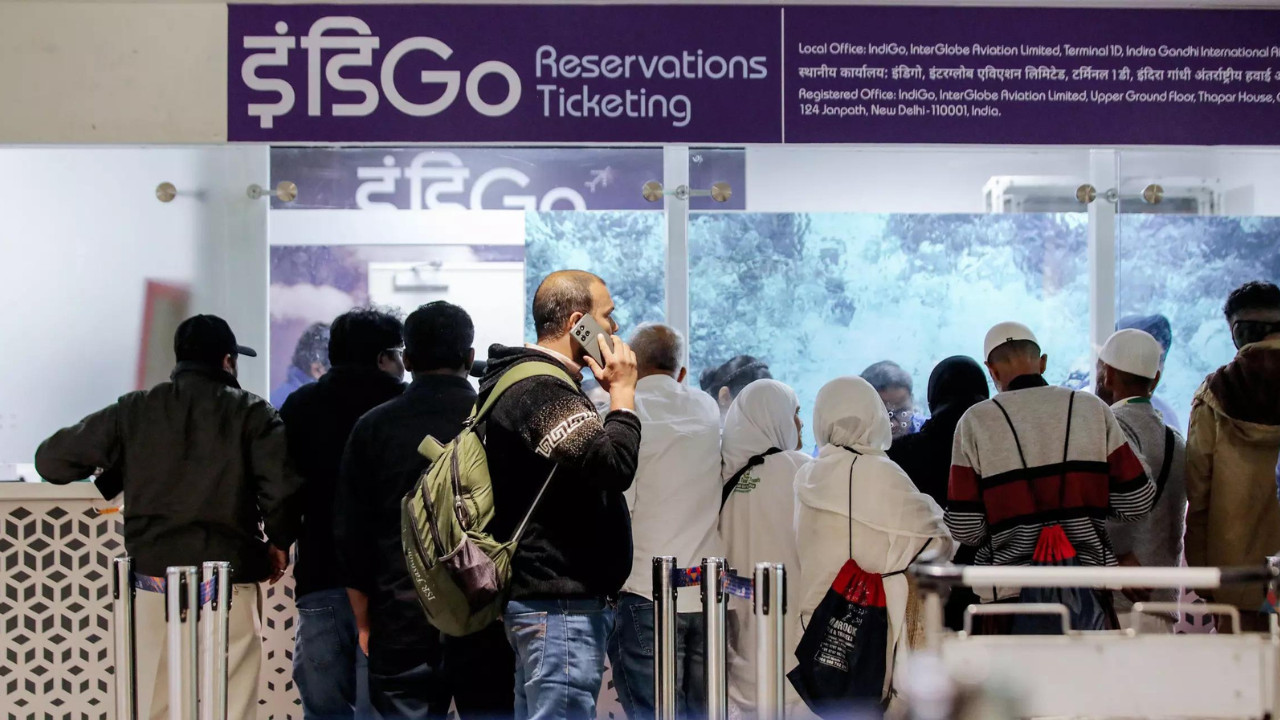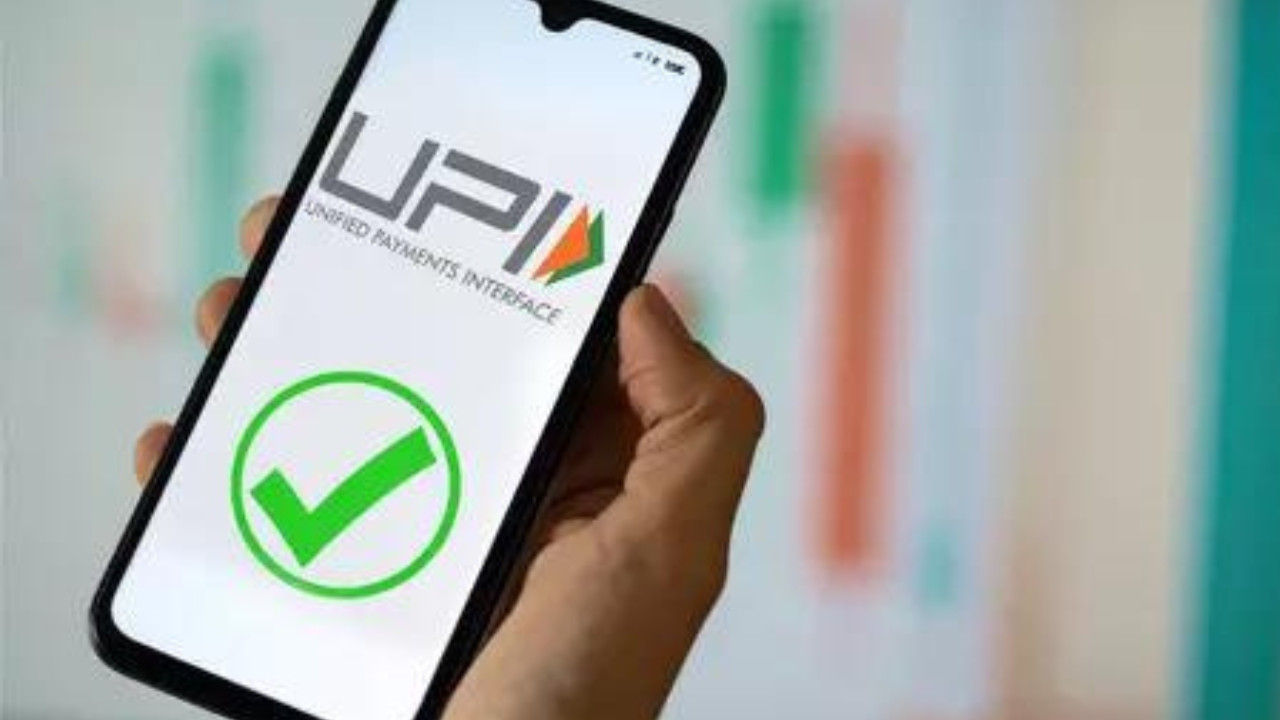India is making significant strides in the telecom sector, aiming to lead in 6G innovation while ensuring universal and secure access to telecom services. The Sanchar Mitra Scheme was launched to engage citizens, and efforts are underway to combat online fraud and fake connections. India Mobile Congress 2025 will showcase these advancements, fostering collaboration and innovation.
India Eyes the 6G Horizon: Buckle Up, the Future is Getting Fast(er)
Okay, let’s be honest, how many of us actually understand the nuances between 4G and 5G beyond knowing that the little number in the corner of our phone screen represents internet speed? I’m right there with you. But even I can get excited when I hear murmurs about what’s coming next in the world of connectivity: 6G.
And according to recent pronouncements, India wants to be more than just a passenger on the 6G train – it wants to drive the darn thing.
Union Minister Jyotiraditya Scindia recently laid out a bold vision for India, one where the nation isn’t just keeping pace with the global tech race, but is actually leading the charge towards 6G. He emphasized a multi-pronged approach: indigenous technology development, robust cybersecurity, and a commitment to connecting every citizen. Sounds ambitious? Absolutely. Necessary? Even more so.
For too long, India has played catch-up in the technology space, relying heavily on foreign innovation. But the tide seems to be shifting. The minister’s statements hint at a desire for technological sovereignty, a push to foster homegrown solutions instead of simply importing them. This isn’t just about national pride; it’s about security and control.
Think about it. Imagine developing our own 6G infrastructure, tailored to our specific needs and challenges. That’s a game-changer. It means greater control over data security, less reliance on potentially vulnerable foreign technology, and the opportunity to customize the technology to better serve the diverse needs of the Indian population.
And that brings us to the second crucial element: cybersecurity. Let’s be real, as our reliance on technology grows, so does our vulnerability to cyber threats. A hyper-connected world powered by 6G will demand an even more robust and resilient cybersecurity framework. It’s not enough to just build a fast network; we need to build a safe one. Scindia’s focus on bolstering cybersecurity alongside 6G development is therefore not just prudent, but absolutely essential. The minister spoke about the urgent need to proactively identify and mitigate potential threats. This suggests a move towards a more proactive, threat-intelligent approach to cybersecurity. Think AI-powered defense systems, constant monitoring, and rapid response capabilities.
But perhaps the most compelling aspect of this vision is the commitment to citizen connectivity. The minister reiterated the government’s goal of bringing connectivity to every corner of the country, ensuring that even the most remote areas are plugged into the digital world. This isn’t just about watching cat videos on YouTube (though, let’s be honest, that’s part of it). It’s about access to education, healthcare, economic opportunity, and participation in the democratic process. Connectivity is no longer a luxury; it’s a fundamental right in the 21st century.
Imagine a farmer in a remote village using 6G-enabled sensors to monitor soil conditions and optimize crop yields. Picture a doctor in a rural clinic accessing real-time medical expertise from specialists in urban centers through high-speed video conferencing. Envision students in underserved communities accessing world-class educational resources online. This is the transformative potential of widespread, high-speed connectivity.
Now, let’s address the elephant in the room: 6G is still largely conceptual. We’re talking about speeds that make 5G look like dial-up. We’re talking about latency so low it’s practically nonexistent. We’re talking about a technological leap that will require significant investment, research, and development.
And while India is brimming with talent and ambition, it also faces significant challenges: infrastructure gaps, regulatory hurdles, and the ever-present digital divide. Overcoming these challenges will require a collaborative effort between the government, the private sector, and academia. A collaborative ecosystem that encourages innovation, fosters talent, and removes barriers to entry.
So, will India lead the 6G race? It’s a tall order. But the vision is there, the ambition is palpable, and the potential rewards are immense. And I, for one, am excited to see what the future holds. It’s not just about faster downloads; it’s about a more connected, more equitable, and more empowered India.
📬 Stay informed — follow us for more insightful updates!
